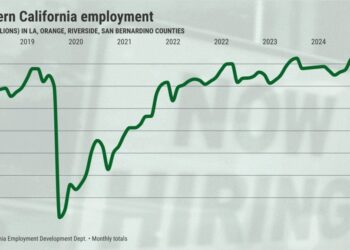Over the last few years, so-called bucket investment strategies have received increased attention by researchers and investors alike. It may be that it could work well for your portfolio. We’ll delve into the definition of bucket strategy and work through an example to see if it may be a good fit for you.
The image of buckets certainly does not evoke a hot, new investment concept. Something as pedestrian as a bucket hardly has the same vibe as a meme stock or non-fungible token (remember those?). Simply put, a bucket strategy is a method of dividing up your investment portfolio into different accounts. Each of the different accounts (or buckets if you will), has a different purpose or goal associated with it.
Splitting your investments between different accounts is nothing new. After all, many of us have investments that are pre-tax (such as a traditional 401(k) or IRA), tax-free (such as a Roth), and taxable (such as a savings account or taxable investment account).
The bucket strategy is more about the purpose of a given account rather than the actual type of account. This is perhaps best illustrated with an example. Let’s imagine Rick (aged 65 years old) is about to retire after a long career. He has $600,000 in his 401(k) at work. He hasn’t paid too much attention to it before now, other than choosing a target retirement fund as an investment and regularly contributing to it every year through work, along with an employer match.
But now that he’s about to retire, he’s wondering how he is going to take his 401(k) balance and make it into a series of monthly payments that will continue the rest of his life. This latest market decline has him spooked as it’s the second bear market in the last three years. While he was fine ignoring the markets as he was putting money into the 401(k), he now looks to withdraw from his retirement plan and the recent volatility leaves him uneasy to say the least.
Rick plans to wait until age 70 to take Social…
Read the full article here







